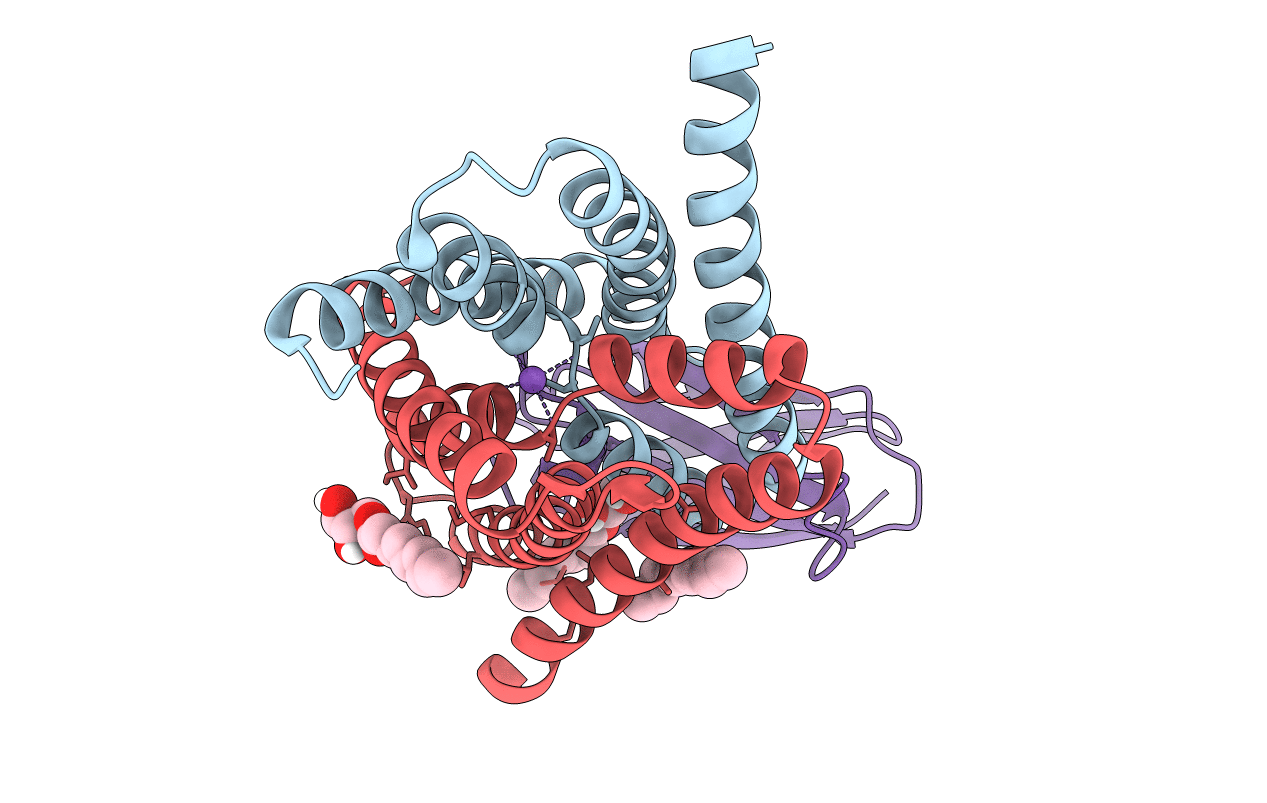
Deposition Date
2017-11-28
Release Date
2018-03-07
Last Version Date
2023-10-04
Entry Detail
PDB ID:
6BQO
Keywords:
Title:
Structure of a dual topology fluoride channel with monobody S8
Biological Source:
Source Organism:
Bordetella pertussis (strain Tohama I / ATCC BAA-589 / NCTC 13251) (Taxon ID: 257313)
Homo sapiens (Taxon ID: 9606)
Homo sapiens (Taxon ID: 9606)
Host Organism:
Method Details:
Experimental Method:
Resolution:
2.80 Å
R-Value Free:
0.27
R-Value Work:
0.22
R-Value Observed:
0.22
Space Group:
C 1 2 1


